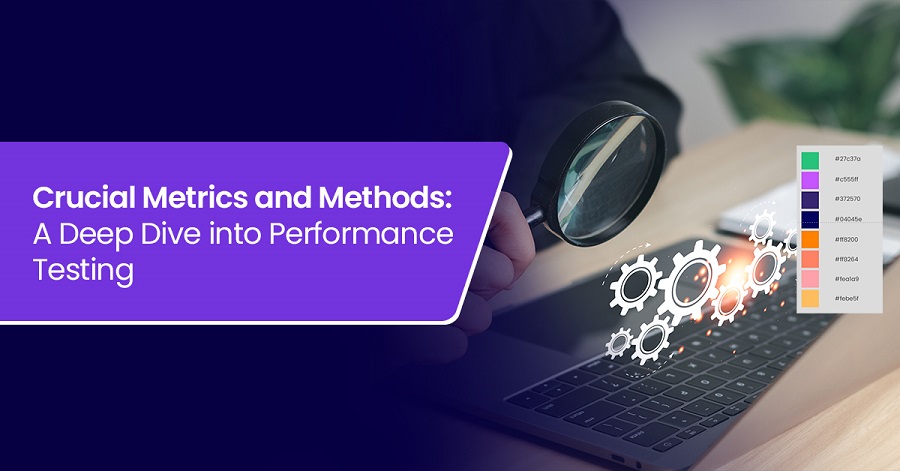A well-performing application is no longer a luxury; it has become a necessity for many business organizations worldwide. End users expect applications to be fast, reliable, and responsive — anything less can cause user frustration, app abandonment, and ultimately lost revenue. This is where application performance testing comes in.

Performance testing is there to ensure the quality of the software application by resolving potential performance bottlenecks. It is a software testing technique that checks software's speed, response time, stability, reliability, scalability, and resource utilization under a specific load. The performance testing outcome helps identify the gaps between the actual result and the experience environment. To ensure maximum success, it's important to define key criteria that measure and compare the actual output of the software application.
Efficient Performance Testing Methods
There are various types of performance testing methods that software development organizations use, each serving a specific purpose:
Load Testing
Load testing services stimulate increasing user loads to check how the app behaves under anticipated traffic volume. It helps to determine the capacity of the software application and identify potential bottlenecks.
Stress Testing
It pushes the application beyond its expected capacity to identify its breaking points. Stress testing ensures the app can handle sudden surges in traffic.
Scalability Testing
It checks the app's ability to adapt to increasing resources, such as servers, database connections, etc., to meet growing user demands.
Endurance Testing
It can sustain user load over a prolonged period to measure the application's stability and identify potential performance degradation.
Web Services Performance Testing
This type of testing focuses on the performance of web services, like APIs, that apps rely on to function.
Crucial Metrics for Performance Load Testing
Key performance testing metrics serve as the foundation for performance tests. The information obtained via testing metrics helps reduce the error rate and offers excellent application quality. Tracking the right parameters can help you identify the areas that deserve more attention and find the most effective ways to enhance application performance.
Response Time
This metric measures the time the system requires to respond to a user request. It is a crucial indicator of system performance, as all users expect prompt responses.
Throughput
It's about the number of requests a system can handle per unit of time. It helps to check the system's capacity and scalability.
Error Rate
It measures the percentage of failed requests. A high error rate may indicate potential system issues that need immediate attention.
Concurrent Users
It checks how many users can simultaneously access the system without causing a significant performance drop. This information helps plan a better scalability strategy.
CPU Utilization
It monitors CPU usage during performance testing to identify potential vulnerabilities. High CPU usage indicates the need for further optimization.
Memory Utilization
How the software application uses memory resources is crucial for stability and performance. Inefficient memory handling or memory leaks may lead to unexpected crashes.
Network Latency
This metric is a vital element of any performance testing methodology and evaluates the time it takes for data to travel from the client to the server and back. High latency may result in slow system performance.
Error Handling Time
It measures how long the application takes to recover from errors. Fast error recovery can ensure a better user experience.
The Role of a Performance Center of Excellence (PCoE)
A Performance Center of Excellence (PCoE) is a differentiator in performance testing. Dedicated to performance-related activities, this special team brings expertise in tools, methodologies, and best practices. They assist with the standardization and efficiency of your testing process.
The PCoE's profound understanding helps to design and perform tests that discover genuine performance problems. However, their usefulness is not limited to testing only. They can also study outcomes, suggest enhancements, and disseminate knowledge, ultimately powering the entire team to create applications with superior performance.
Conclusion
Conducting performance testing is an essential component of the development lifecycle. It ensures that applications possess robustness and scalability and provide a fluid user experience. Through comprehending vital performance metrics, implementing a well-defined performance testing strategy, and potentially utilizing a PCoE, organizations can proficiently evaluate their application's efficacy, ensure faster and worry-free releases, and gain an edge in the industry.



